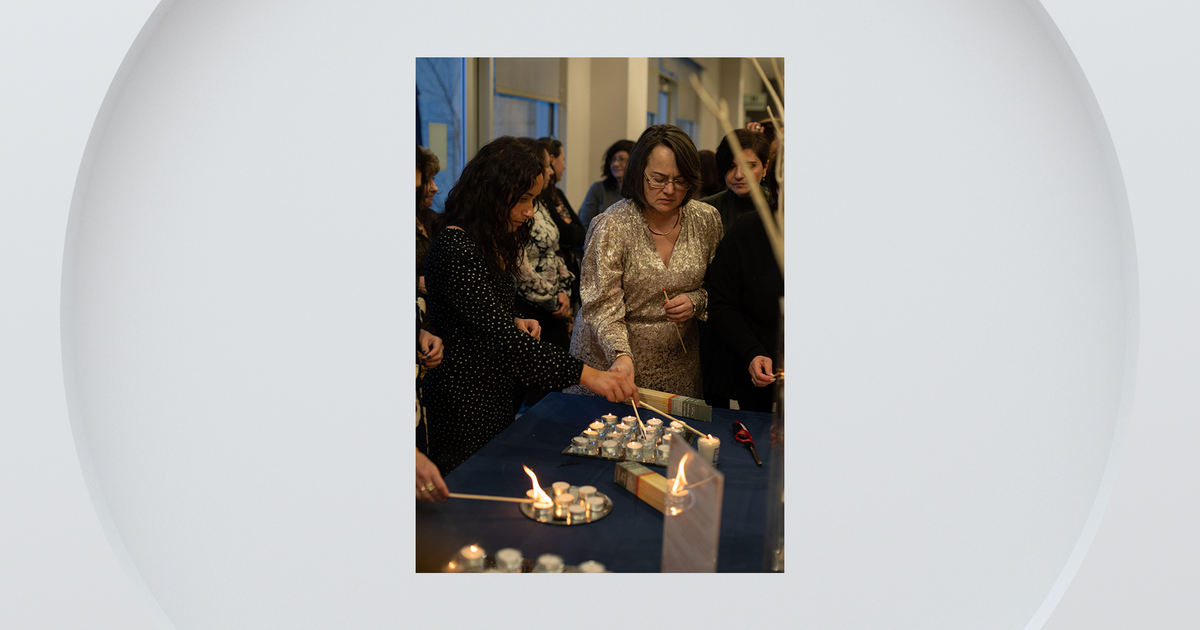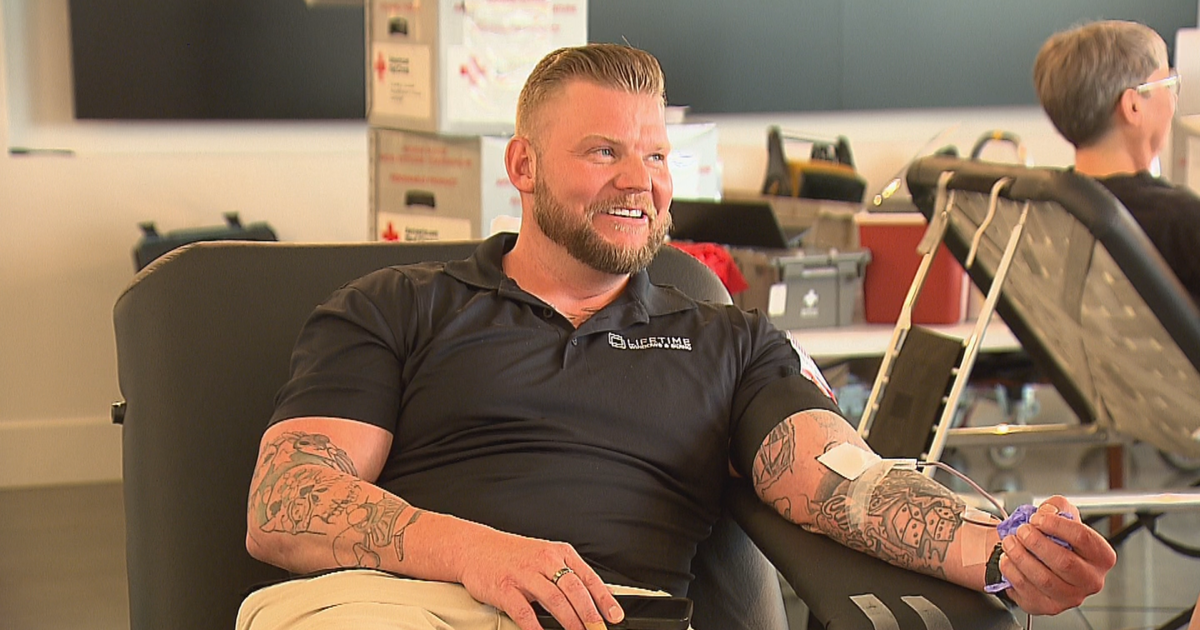Father Hospitalized After Lightning Strike In Denver
DENVER (CBS4) - A man in his 30s is in the hospital after being hit by lightning outside a synagogue on Wednesday.
The strike happened just before 10 p.m. at the Hebrew Educational Alliance in the 3600 block of Ivanhoe in Denver.
Denver fire officials said the man, whose identity is being kept private, was walking out of the building with family members after a dinner in which they were honoring the Jewish holy day of Yom Kippur.
He let his family into their car and he was struck while walking to the driver's side.
Authorities said the man's wife had to resuscitate him at the scene and that he had to be revived again in the ambulance that took him to the hospital.
Rabbi Salomon Gruenwald told CBS4 the man's wife was trained in CPR and that she "bought him time."
The man reportedly has severe burns on his legs.
CBS4 meteorologist Dave Aguilera recently answered some basic questions about lightning:
How do you know if lightning is close?
If you can hear thunder that means lightning is close. Even if the thunderstorm is not directly overhead that does NOT mean you are safe. Lightning can occasionally strike as far as 10 or more miles from the storm it started from. That is why it is very important to get indoors when you hear thunder outside.
How is lightning formed?
Simply put lightning is a huge spark that occurs during a thunderstorm. The reason for this electrical discharge is the attraction of positive and negative electrons. The friction caused by the strong updrafts and downdrafts moving particles inside of a thunderstorm help to create an electrical charge. During this process positive charges (protons) build up in the top of the thunderstorm (cumulonimbus cloud). At the same time negative charges (electrons) gather at the bottom of the thunderstorm. Then, these negative charges are attracted to positive charges that are coming together on the ground. When the negative charges meet the positive charges, bingo, you have lightning. Have you ever been shocked by a tiny spark when you touch a doorknob or another person? That is somewhat the way lightning is formed. Think about it this way. When you walk across a carpet you create friction and attract negative charges. Then when you touch a doorknob, the negative charges are attracted to the positive charges in the doorknob and that creates a small spark.
What is thunder?
Lightning causes thunder. It is estimated that a bolt of lightning can be as hot as 50,000 degrees Fahrenheit! That is about 5 times hotter that the surface of the sun. As a result of this tremendous heat, the air along and in the channel that lightning creates expands. This rapidly expanding air creates the sound we call thunder.
What are the main forms of lightning?
There are several different forms of lightning, all depending upon where the bolt starts and finishes. Forms of Lightning include cloud-to-ground (CG), cloud-to-cloud (CC), in cloud (IC) and cloud-to-air (CA). There are also a few other forms that are very rare.
What makes up a lightning bolt?
When you see a stroke of lightning it may look like one big bolt. But, believe it or not, you may be looking several different strokes in the same spot going both up and down. Each one of these strokes is extremely fast. Some can be measured in millionths of a second! Each one of these strokes has a specific name. The electrical charge coming from the cloud is called "the stepped leader". The charge coming from the ground is "an upward streamer" this comes from the object that is about to be struck. When these two leaders meet, that creates a path for the electricity to pass from the cloud to the ground, and the ground to the cloud.



